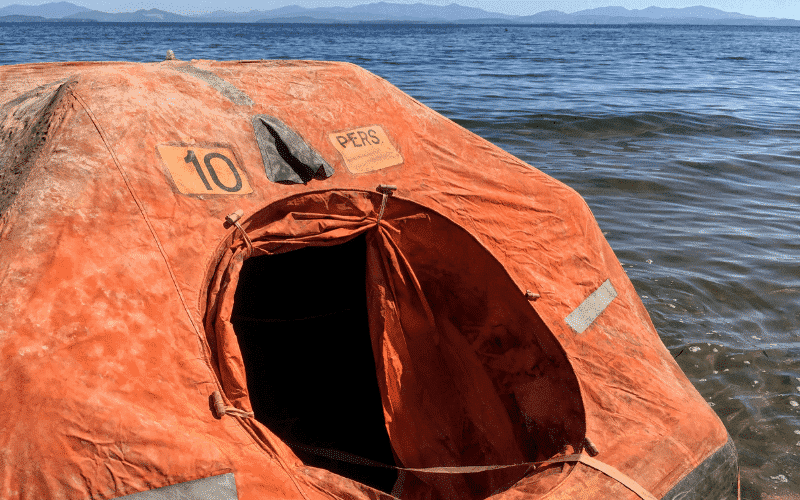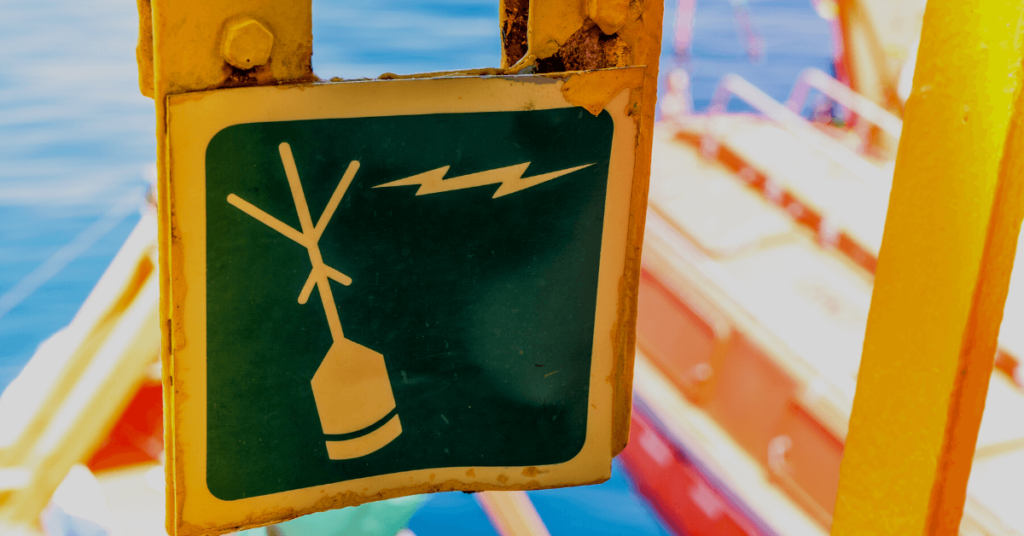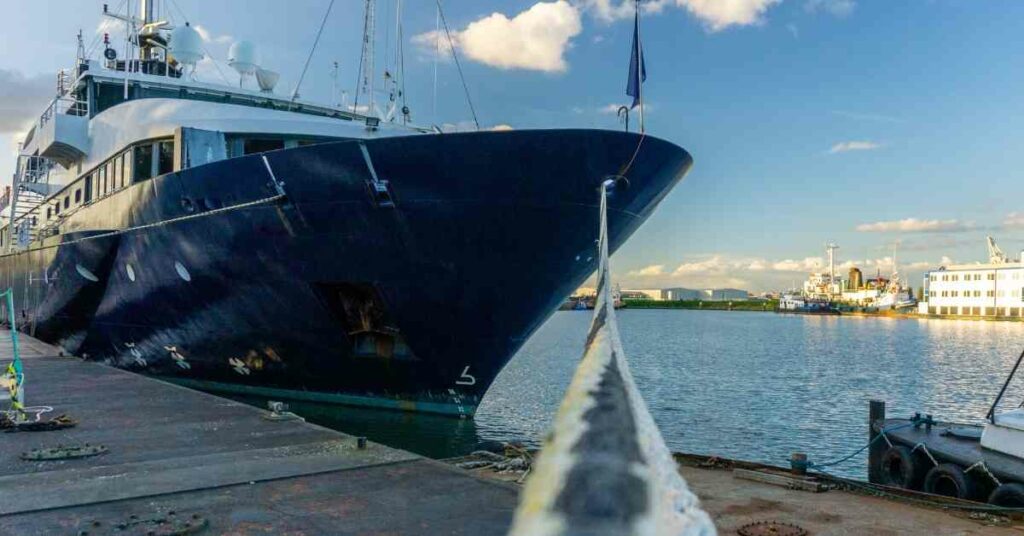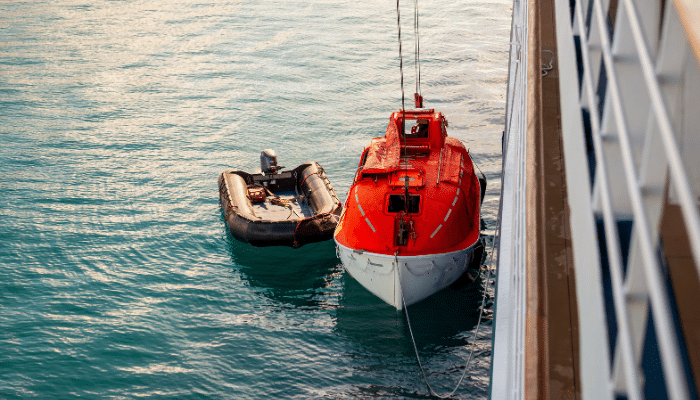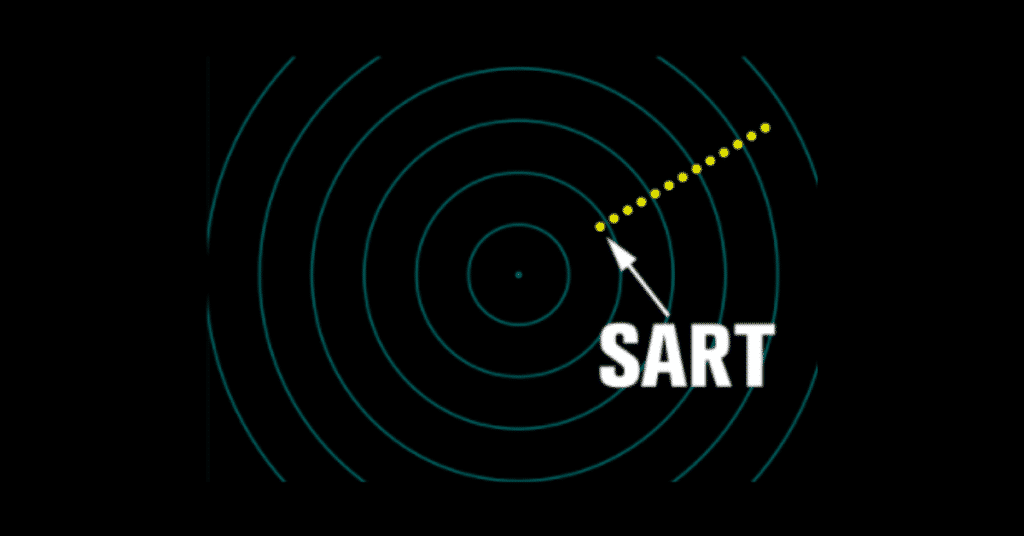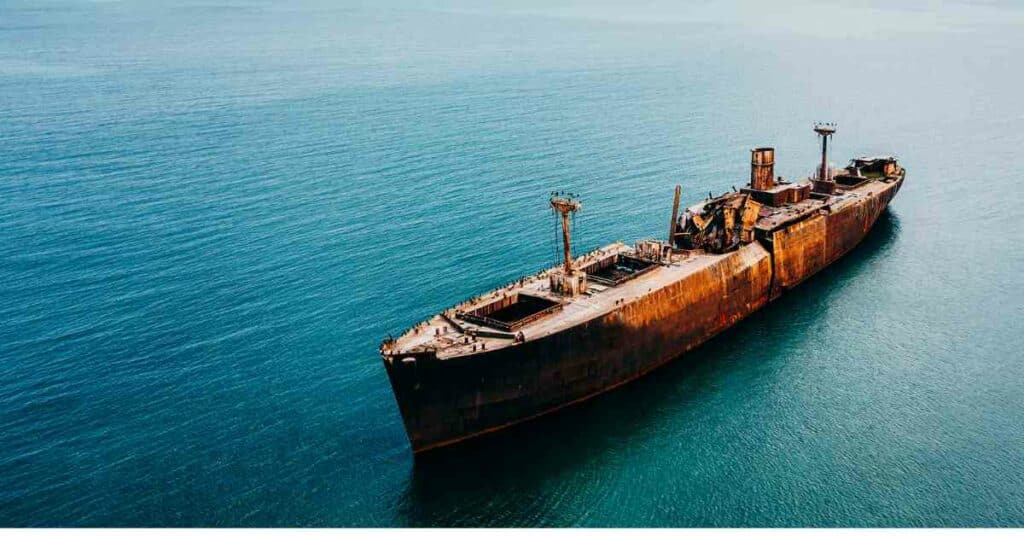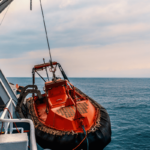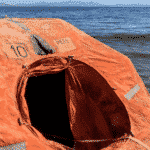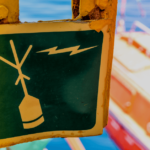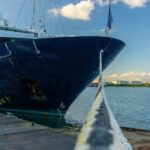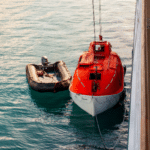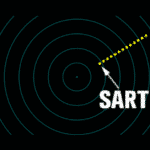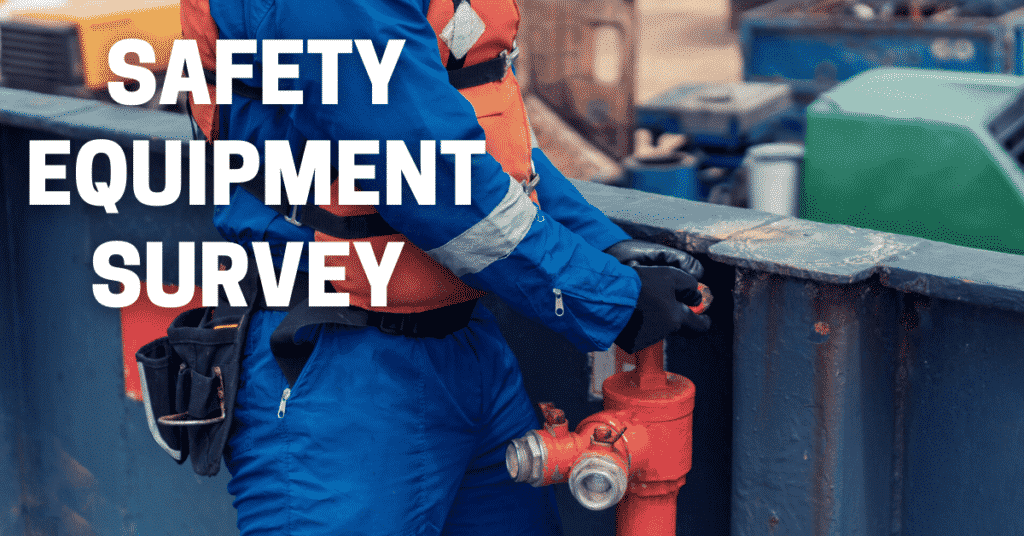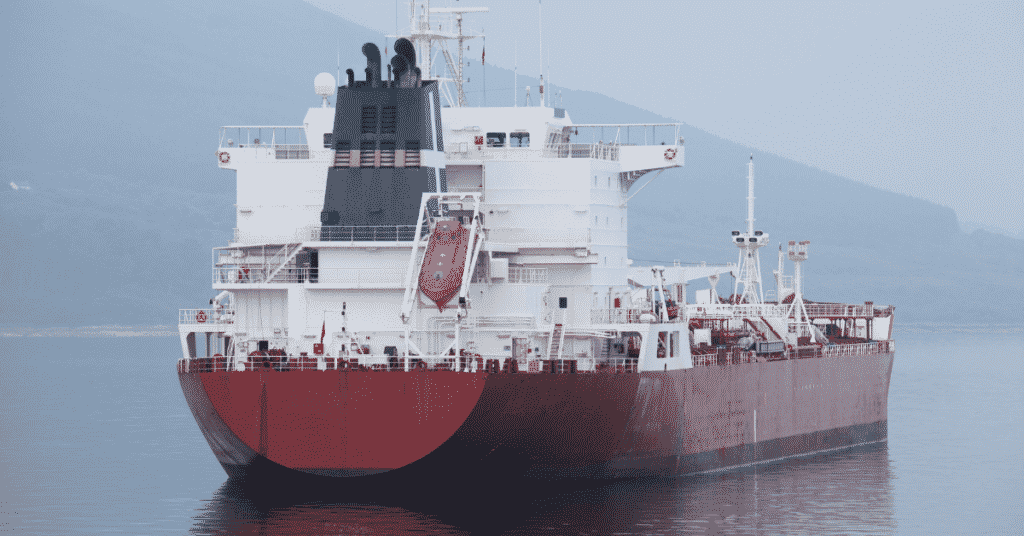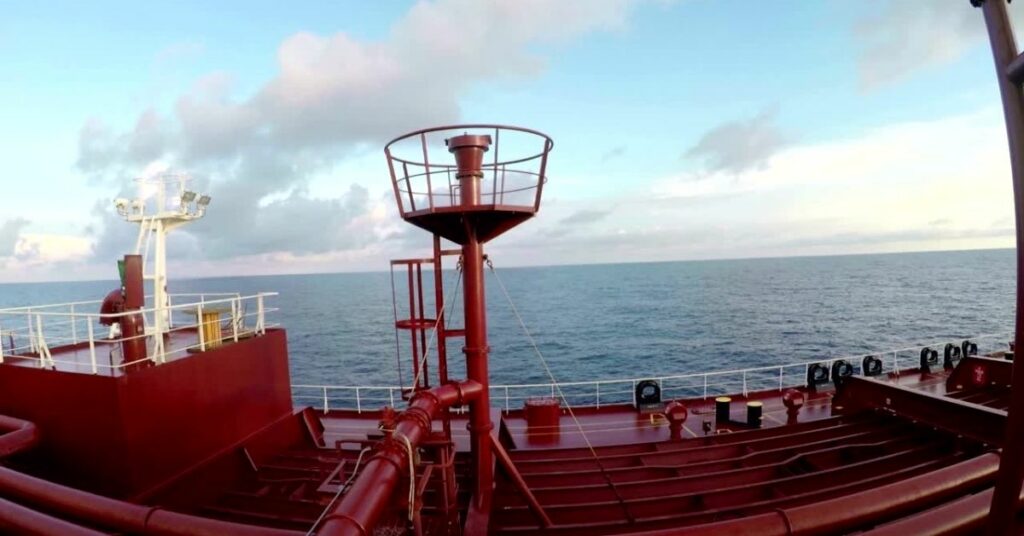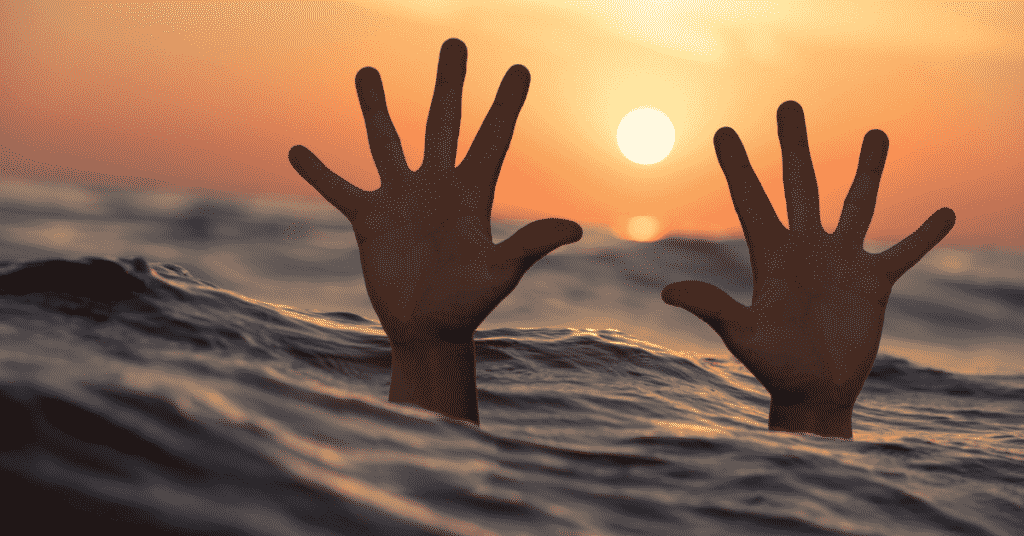What are Fast Rescue Boats?
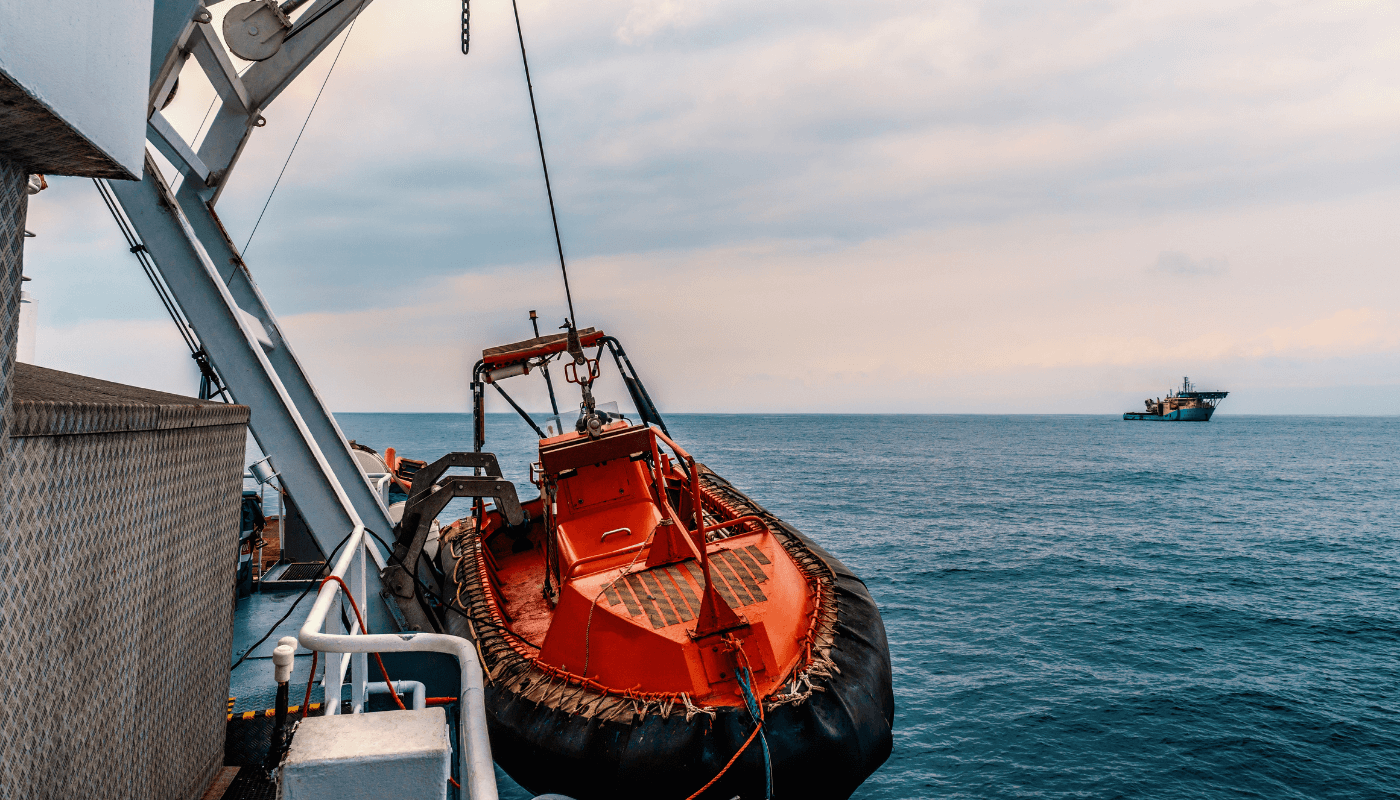
Lifeboats are floating crafts that can rescue crew and passengers from a vessel in distress. They can be rigid or inflatable and vary in size and build.
However, though interchangeably used, lifeboats are somewhat different from rescue boats, which are to be deployed immediately in an emergency.
While lifeboats, life rafts, and other rescue crafts are deployed on vessels, it is equally important that, if the situation allows, other means of evacuation and rescue from external sources should be available.
This means that evacuation should be prioritised without delay when a vessel is in distress due to an accident or mishap and if another vessel is in the vicinity or some landmass is equipped with suitable means of addressing such issues.
The most feasible way to do so is to send vessels that can act as relief crafts, quickly and scrupulously evacuating people in distress to a safer location, like the shore or another nearby vessel.
Fast rescue boats are essentially specialised high-speed crafts, which are smaller and used extensively for response and rescue operations in water. The high-speed characteristics of these vessels are crucial so they can reach the distressed location as soon as possible, as time is of utmost importance for saving lives.
The main design requirements in a Fast rescue boat are:
Speed: The foremost requirement is catered to by high-performance engines, efficient propulsion systems, and the overall hull design. For all practical purposes, nowadays, most fast rescue boats are planned in nature (To attain better speed and resistance characteristics).
Superior manoeuvring characteristics for seamlessly navigating through all forms of obstacles are an essential requirement in challenging scenarios.
Good stability and seakeeping characteristics for rescue operations under all weather conditions and sea states. There is adequate space for holding a maximum number of people in one go and carrying essential equipment and systems for rescue operations.
Strength and durability for enduring all kinds of weather conditions.
Fast rescue boats are usually rigid or inflatable. Rigid ones are usually larger and can accommodate more people.
Safety of Lives at Sea or SOLAS defined specific requirements for fast rescue boats as follows:
- Fast rescue boats are between 6 to 8 metres in length.
- Under light-loaded conditions (only including bare minimum crew), fast rescue boats should be capable of travelling for at least 4 hours at a speed of 20 knots and at least 7-8 knots under full-loaded conditions.
- They shall have high stability characteristics such that they are self-righting in themselves.
- The control from the helm should be far from the tiller or rudder system (unlike many speedboats or motorboats).
- Provision of emergency steering systems.
- Emergency release switches turn off the boat’s engines automatically when the boat capsizes. The engines can be restarted when the boat righted up again, preventing fuel loss.
You might also like to read-
- Types of Lifeboat Release Mechanisms & SOLAS Requirements for Lifeboats
- Nadiro Lifeboat: The Next Level of Safety in Lifeboat Launching Systems of Ships
- Measures to Stop Accidents on Lifeboats
- Common Reasons for Ship’s Lifeboat Engine Starting Failure
- Difference Between Lifeboats and Rescue Boats
- Types of Lifeboats Used On Ship
Disclaimer :
The information contained in this website is for general information purposes only. While we endeavour to keep the information up to date and correct, we make no representations or warranties of any kind, express or implied, about the completeness, accuracy, reliability, suitability or availability with respect to the website or the information, products, services, or related graphics contained on the website for any purpose. Any reliance you place on such information is therefore strictly at your own risk.
In no event will we be liable for any loss or damage including without limitation, indirect or consequential loss or damage, or any loss or damage whatsoever arising from loss of data or profits arising out of, or in connection with, the use of this website.
Do you have info to share with us ? Suggest a correction
Latest Ship Safety Articles You Would Like:
Disclaimer :
The information contained in this website is for general information purposes only. While we endeavour to keep the information up to date and correct, we make no representations or warranties of any kind, express or implied, about the completeness, accuracy, reliability, suitability or availability with respect to the website or the information, products, services, or related graphics contained on the website for any purpose. Any reliance you place on such information is therefore strictly at your own risk.
In no event will we be liable for any loss or damage including without limitation, indirect or consequential loss or damage, or any loss or damage whatsoever arising from loss of data or profits arising out of, or in connection with, the use of this website.

About Author
Subhodeep is a Naval Architecture and Ocean Engineering graduate. Interested in the intricacies of marine structures and goal-based design aspects, he is dedicated to sharing and propagation of common technical knowledge within this sector, which, at this very moment, requires a turnabout to flourish back to its old glory.
Subscribe To Our Newsletters
By subscribing, you agree to our Privacy Policy and may receive occasional deal communications; you can unsubscribe anytime.




